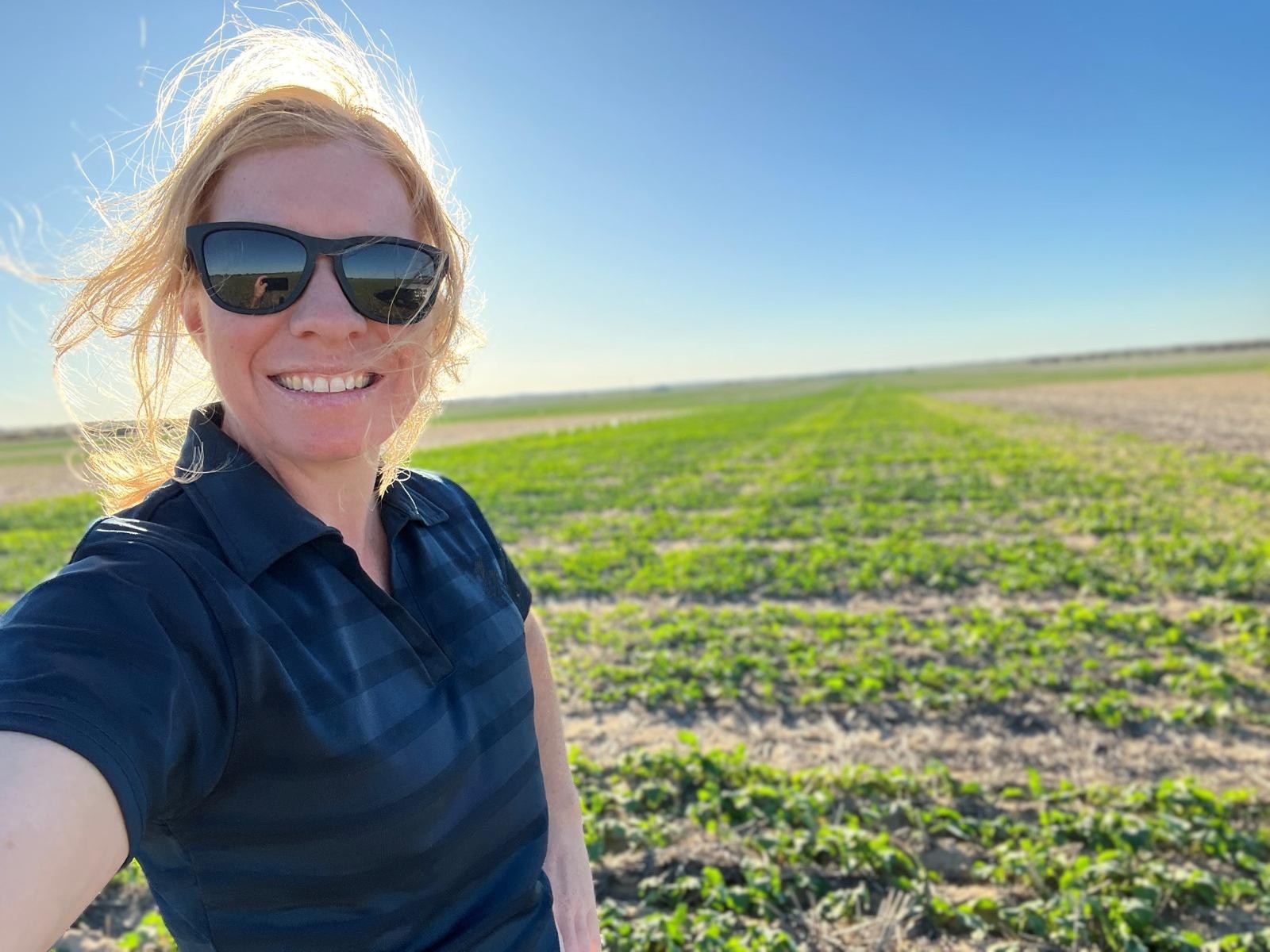AGGREGATE: NEWS & EVENTS
How does the price of phosphorus fertiliser influence net return in wheat?

With global phosphorus (P) supply chain issues continuing and prices for fertiliser expected to stay high in 2022, decisions around P fertiliser application rate will have greater influence on the budgets of grain-producing businesses than usual next season.
Higher prices for P fertilisers have prompted growers to question whether they should reduce rates to maximise economic returns from applying P. The answer depends on the level of yield response to P per hectare that is expected.
A current Grains Research and Development Corporation (GRDC) investment is assessing how soil properties and climate can influence yield response to P fertiliser in wheat. This research is in progress, however, completed field trials provide an opportunity to examine some economic case studies.
As part of this research, researchers are investigating what precision in P rates is required to maximise economic returns from P fertiliser. The calculations show the range of rates that maximise net return, referred to as the optimal range.
The impact of an increase in price for P fertiliser was assessed using three price scenarios for MAP: $700 per tonne (close to the five-year average), $1050 per tonne (1.5 x average) and $1400 per tonne (2 x average). The economic analysis was done for five sites that represent the range of responses observed, from very low to very high yield response to P. The price for wheat (allowing for delivery and levies) was set at its five-year average of $273/t.
The results show that the level of yield response to P has a greater influence on the optimal range than fertiliser price. For example, doubling the MAP price from $700/t to $1400/t shifted the optimal range from 20-55kg P/ha, to 11-56kg P/ha at Boyup Brook where a yield response of 2.27t/ha occurred. At Wandering, where a yield response to P of 0.65 t/ha occurred, the same increase in price shifted the optimal rate from 13-23kg P/ha to 6-22kg P/ha. The greatest shift in optimal range occurred at the Northam site, where a response to P of 0.38t/ha occurred; it decreased from 7-27kg P/ha to 2-11kg P/ha. At Tammin, where there was no significant yield response to P, the optimum rate was 0kg P/ha under all price scenarios.
MORE STORIES

Introducing Steve, Science Communications Coordinator
Steve Lavell recently joined SoilsWest as the Science Communications Coordinator.

Meet Bridget, our new Regional Soil Coordinator
Briget Watkins was recently appointed as the Southwest WA Drought Resilience and Innovation Hub Regional Soil Coordinator at SoilsWest, Murdoch University.

Agriculture students: Attend the first day of the GRDC Grains Research Update FREE
The free ebook Soil Quality: 10 Plant Nutrition is an interactive, evidence-based resource to better understand and manage crop and pasture nutrition.

New soil knowledge website now online
The free ebook Soil Quality: 10 Plant Nutrition is an interactive, evidence-based resource to better understand and manage crop and pasture nutrition.